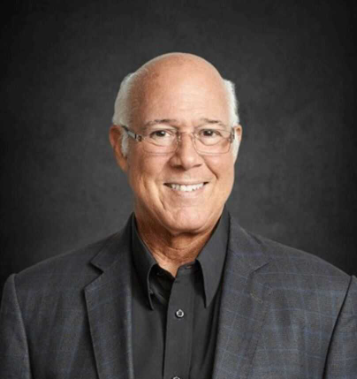


Spencer Payne · Keith Mitnik · Michael Hill
$12.3M Nursing Home Negligence Verdict; Stage 4 Pressure Wound
![]() May 31, 2024 ||TLU n Demand
May 31, 2024 ||TLU n Demand
In late 2017, Plaintiff, 67-year-old Carol Reed, was admitted to Life Care Center of Orlando to rehab following surgery to repair a fractured femur. Ms. Reed was born with spina bifida, which caused her to be paralyzed from the waist down her entire life. The Defendant knew she was at high risk to develop a pressure wound, but failed to regularly turn her in bed. Instead, they “encouraged” her to do it herself. Problem was this wasn’t a “do-it-yourself” job – she needed help. But the Defendant was chronically understaffed, while also rolling out a “Wound Care Cost Reduction Task Force”, and it didn’t do the job it was being paid to do – protect Ms. Reed’s backside. Within just three weeks, she developed a Stage 4, infected pressure wound on her left buttock that travelled down to the bone. Over the next two years, she endured multiple surgeries called debridements, placement of a wound vac, multiple hospitalizations for infections, and hundreds of days in specialty hospitals and rehab centers. Because of the location of the wound, she was instructed by her wound care physician to never wear her straight leg braces again – braces that allowed her to transfer from wheelchair to bed and wheelchair to toilet. As a result, she was forced to perform dangerous sliding board transfers in and out of bed multiple times a day, and also defecate onto a bed liner in her bed for the rest of her life.
The case dealt with the following issues:
- A unique Plaintiff with unique damages that we worked hard to quantify for the jury. The wound had “healed”, but that didn’t tell the whole story – she could no longer wear her braces. Connecting those dots was a hard-fought battle and the damages in the case hinged on winning it. Our claim was supported using a life care plan and multiple videos/pictures taken in Ms. Reed’s home.
- Distilling the case down to its most essential elements. We cut all but three defense witnesses. Picking the best first witness to make the Defendant the bad guy right from the start. Leveraging the Minimum Data Set – a federally-mandated form sworn to be accurate by the nursing home – through the MDS Coordinator.
- Polarizing the case for the jury. The defense expert admitted in deposition the wound was “avoidable” – they just blamed Ms. Reed for not turning herself as instructed. So whose job was it - hers or theirs?
- Shining a light on corporate conduct. We obtained state surveys citing the facility for understaffing, but the citations pre-dated Ms. Reed’s residency. Getting the surveys admitted into evidence was a fight. After that, we had to creatively compare the staffing ratios at the times of the surveys to her residency to show there wasn’t any changes. We did not use any expert testimony to support our argument. We also obtained internal emails wherein (1) the corporate wound care nurse rolled out a “Wound Care Cost Reduction Task Force” during Ms. Reed’s residency; and (2) the Director of Nursing blamed Ms. Reed the second she received a complaint call from Ms. Reed.
- Using company promotional material to juxtapose their promises to the community against their arguments in trial.
- Deciding to put Ms. Reed on the stand early in our order of proof. We knew she would present well and didn’t want the jury wondering if the defense argument of blaming her held water during our entire case in chief. We put it to bed early.
- Opening strong with a solid and detailed opening statement and slides. Teeing up the key issues, and showing why we were right and they were wrong. Ended by highlighting their main expert blames the patient.
- Hard fought motions in limine to prevent the defense from comparing their charting to other nursing homes Ms. Reed went to – “our charting is consistent with other nursing homes so we met the standard of care.”
- Waiving six figures in past medical bills to avoid a low anchor.
- Big data focus group studies were used to identify key issues, arguments, win rate, fault allocation, damages models, and juror comments. Final study predicted fault allocation within 2% of actual; median jury award was nearly exact.
- Closing strong with a persuasive damages model that brought home the enormity of Ms. Reed’s unique damages. Using a “book ends” analogy to empower the jury to write the final chapter in Ms. Reed’s story.
- Two-year appeal during which the Defendant failed to make any settlement offers. Key issue was the use of a special jury instruction related to violation of company policy – be careful when requesting special jury instructions.
At the end of the two-week trial, the jury awarded the full life care plan and over $5M each for past and future pain and suffering. The fault allocation was 87% on Defendant and 13% on Ms. Reed.
If you can't attend Live, Watch On Demand